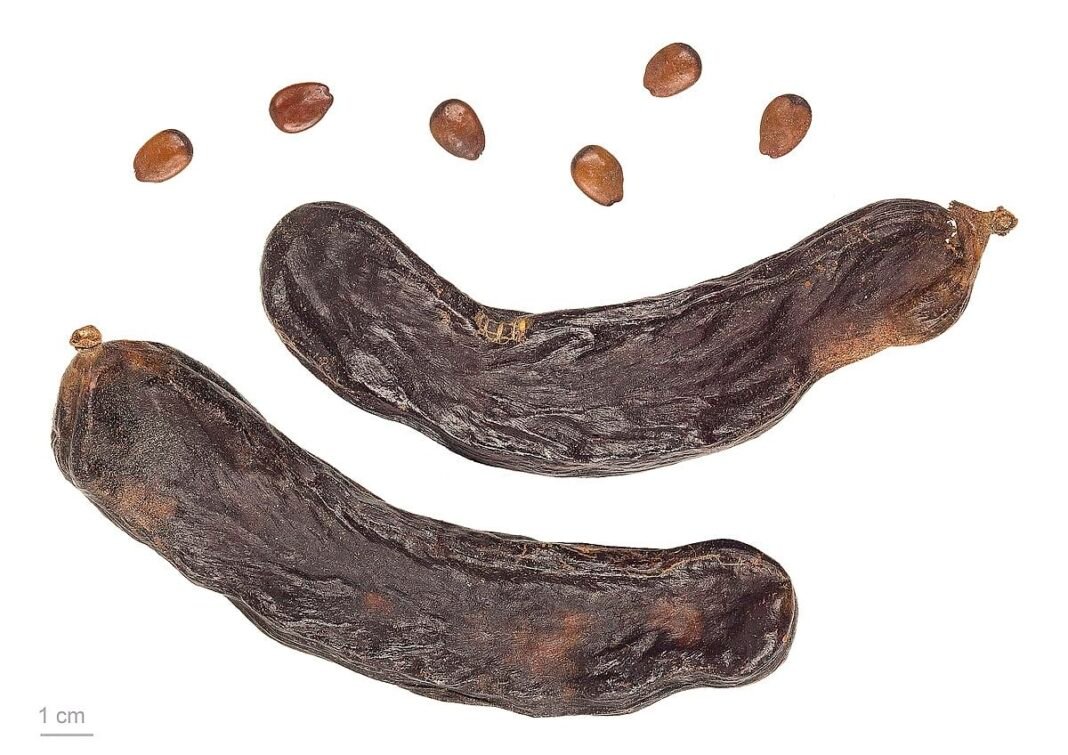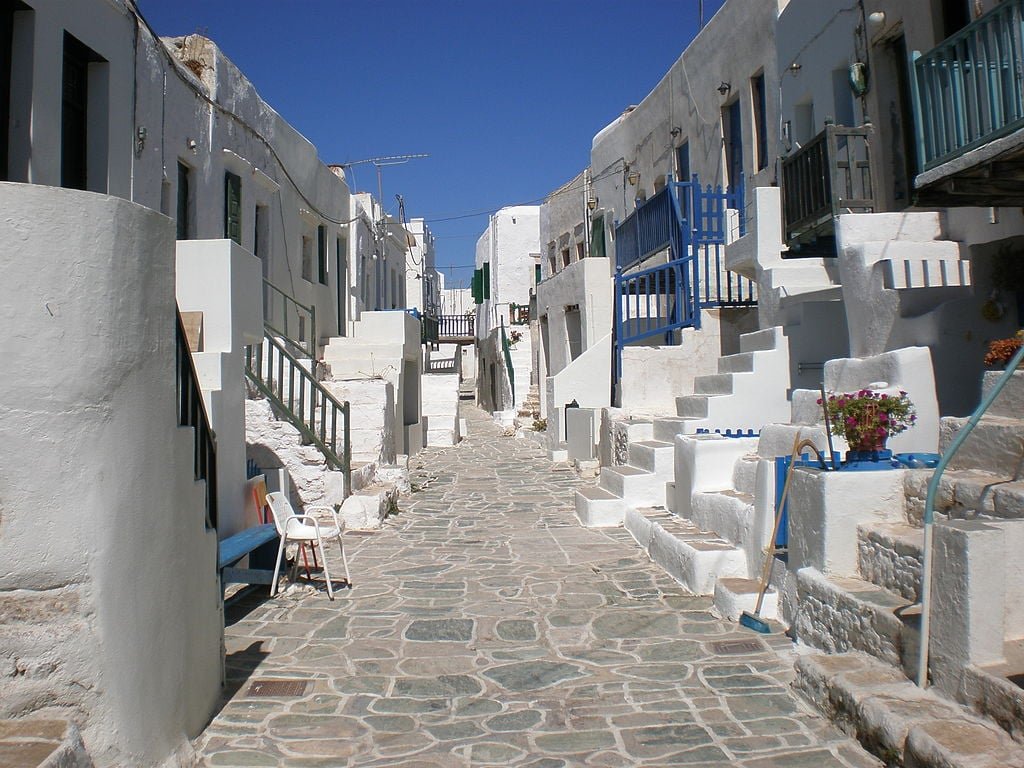
The carob seed, which became the measurement unit we now call the carat, shows how ancient Greeks devised ingenious ways to ensure fairness in trade, construction, and daily transactions.
The Greek word “keration” (κεράτιον) means “little horn” or “carob seed.” These seeds were widely used in antiquity as a natural counterweight for weighing precious items like gold, silver, and gemstones due to their consistent size and weight (about 0.2 grams each).
The evolution of ancient Greek “keration” to the modern carat
Greek merchants and jewelers began using keratia (plural of keration) as a unit for weighing gemstones and precious metals. This practice spread throughout the Mediterranean, influencing Roman and later Arabic and European trade systems.
From Greek, the term passed into Latin (“carratus”) and then into Old Italian (“carato”), before entering French (“carat”) and eventually English.
Today, “carat” has two primary meanings: A unit of weight for gemstones (1 carat = 200 milligrams) and a measure of gold purity, where 24-carat gold is pure gold.
The connection to carob seeds remains a fascinating example of how ancient trade practices influenced modern measurement systems.
The carat and the ancient Greek sophisticated weights
The ancient Greeks developed sophisticated units of measurement ranging from measuring length, distance, volume, and weight of solids and liquids.
Naturally, the units varied according to location and era, as they reformed in the process. Around 500 BC, Athens established an official weights and measures depository called the Tholos. Merchants were required to test their measuring devices against the official standards there.
Ancient Greeks measured volume according to either dry or liquid capacity, suited respectively to measuring grain and wine. A common unit in both measures throughout historic Greece was the cotyle or cotyla the absolute value of which varied from one place to another between 210 ml and 330 ml. The basic unit for both solid and liquid measures was the κύαθος (kyathos, plural: kyathoi).
In ancient Greece, a talent (talanton in Greek) was a standard unit of weight used to balance a two-armed scale when weighing objects. Talanton comes from the verb ταλαντεύομαι, meaning oscillate, describing the operation of the two-armed scale.
Measuring weight in ancient Greece
While direct archaeological evidence of specific weight units like the “keration” is scarce, several artifacts provide insight into their measurement practices.
One notable artifact is the Metrological Relief, a marble slab dating from 460–430 BC.

This relief depicts a man with outstretched arms and includes various linear measurements inscribed alongside the figure. Discovered in the early 17th century and now housed in the Ashmolean Museum in Oxford, it offers valuable information about ancient Greek units of length and their application in daily life.
The steelyard balance was a common weighing device in antiquity, consisting of a beam with unequal arms and a counterweight that could slide along the longer arm to determine the weight of an object suspended from the shorter arm.

Artifacts such as the Steelyard Weight with the Bust of Athena, dated between 350–500 AD, exemplify the use of these devices. This particular weight, made of copper alloy and filled with lead, reflects the continuity of weighing practices from ancient Greece into the Byzantine era.
The talent was a significant unit of weight in ancient Greece, primarily used for measuring large quantities, particularly in commerce and trade.

The Attic talent, for instance, was equivalent to 60 minas and is estimated to have weighed about 25.8 kilograms (56.9 pounds). This standardization facilitated consistency in trade across different regions.
Ancient Greek coinage also played a role in the weight measurement system. The obol, for example, was both a currency and a unit of weight. Six obols equaled one drachma, and the obol itself was further divisible into smaller units, reflecting a meticulous approach to standardizing weights and facilitating trade.
These artifacts and systems underscore the ancient Greeks’ commitment to precision and standardization in measurements, which were crucial for their economic and architectural achievements.


